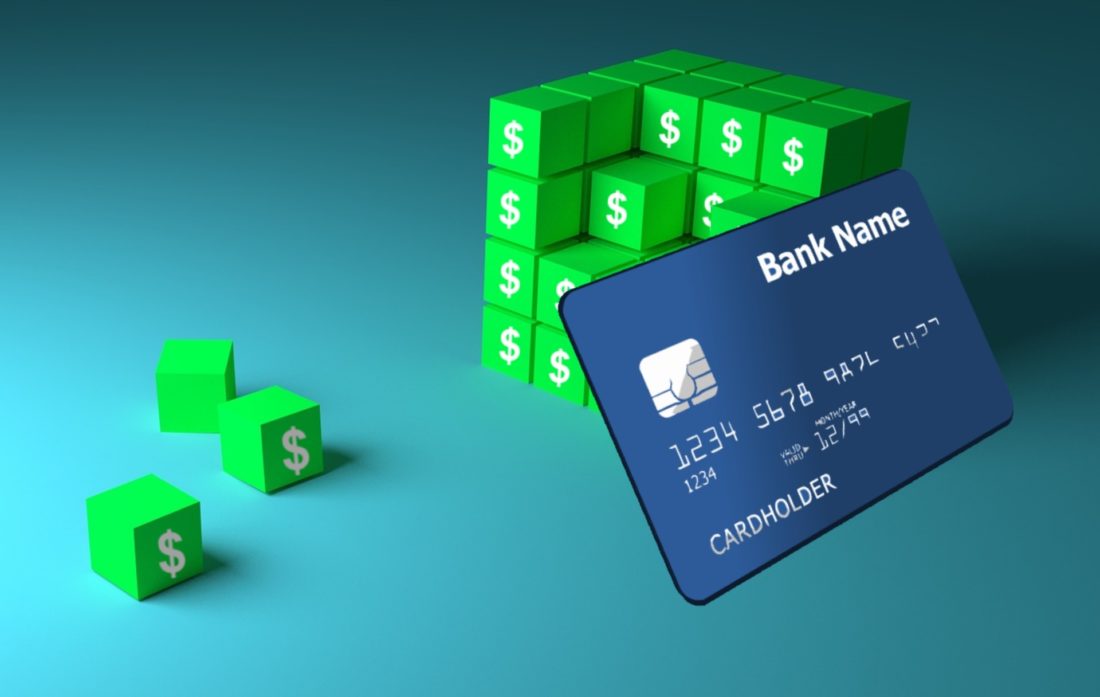Building Credit with Piggybacking-Is It a Good Option?

So you have a low credit score, maybe due to some late payments, or you are a fresh graduate trying to build your credit score or for any other reason. You want to boost your score faster to qualify for a mortgage or any other credit option. Should you employ piggybacking?
This article looks into piggybacking to help you make an informed decision.
Piggybacking defined
Piggybacking refers to using another person’s credit account to boost your credit score. This is done by adding you as an authorized user to another person’s credit card, either via a friend or relative or a profit-making company that deals in repairing credit scores.
How piggybacking works
To comprehend how and why piggybacking works, you need to grasp the basis of credit scores. Below are factors that determine your credit score:
- Your payment history
- Your credit utilization or the amount of your available credit that you are using
- Length of your credit history
- New credit applications
- Credit mix
These factors measure how good you have been with managing your debts. Becoming an authorized user on someone’s credit card has the following effects on your credit records:
- The account will appear on your credit file, although there is an indication that you are an authorized user.
- Your overall credit limit will increase, and this may lower your credit utilization provided the balance of the card you are an authorized user on remains low.
- The length of your credits history changes. This figure increases if the card you are piggybacking onto has been open for longer than yours, and this is an advantage for you.
- You supposedly get the cardholders good records of timely payment included in your credit report.
Does piggybacking work?
According to some studies, piggybacking can improve scores of borrowers with thin credit files (those with few accounts reporting). It has also helped to boost the scores of those with short credit histories of two years or less. If you are in either of these groups or if your current score makes you a subprime borrower, you may benefit from it. For effective boosting and advice on using this credit repair option, you need to engage credit boosting experts such as Boostcredit101.
Benefits of piggybacking
As an authorized user on another person’s credit card, you can build your credit without much responsibly like you would have if you would open your credit card account. Some of the benefits of piggybacking include:
- The credit card will be included in your credit report
You will enjoy the benefits of all the positive history on the account you are piggybacking onto. But this is only possible if the card issuer forwards the data on authorized users’ accounts to credit bureaus.
- The responsibility of debt is removed from you
Given that you are not the primary cardholder or a joint cardholder, the card issuer will not hold you liable for paying the debt each month, even those that you incur. Furthermore, the credit card company cannot pursue you if the primary cardholder defaults on their obligations.
- You are not affected by negative history for long
Although your score could drop if the primary cardholder accumulates a huge balance, you can request the card issuer to remove you as an authorized user from the account. As such, you will not suffer massively, but you may have to follow up with the credit bureau to ensure that the account is no longer in your report.
Possible drawbacks of piggybacking
You may benefit from the authorized user status, but you cannot be sure that you will get the results you anticipate. Below are some disadvantages of piggybacking that you should consider:
- The activities of the primary account holder affect your score
If the primary cardholder is not responsible with their use of the card after adding you, say they slip up on some payments or are racking up huge balances, it will look bad on your credit report. Fortunately, if things get that bad, you can request the removal of the credit card.
- The negative items on your report remain
While adding positive information to your report can help boost your score, it does not make the negative items disappear. To rebuild your credit score, take a close look at your report and identify the causes of the poor score and work on them first, for example paying off high balances. After doing that, piggybacking can help you.
To use piggybacking or not?
The question of whether piggybacking is a good credit restoring option depends on each case. It is a good method for those with low score or thin credit files. It may also be good for those who do not believe in themselves to build their credit score gradually with credit cards. However, this technique will not make much impact on those with favourable credit and their scores may not improve significantly.
Bottom line
Although credit piggybacking could be an option to boost your score, it is critical to understand how it works before employing it. It may have some drawbacks that you need to be aware of and consider. You also need to be responsible with credit, otherwise your score will plummet again even after piggybacking if you default on payments, pay late, or rack up high balances on your cards.









